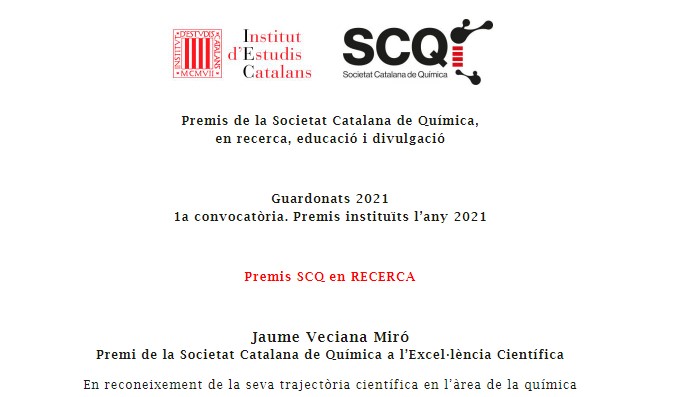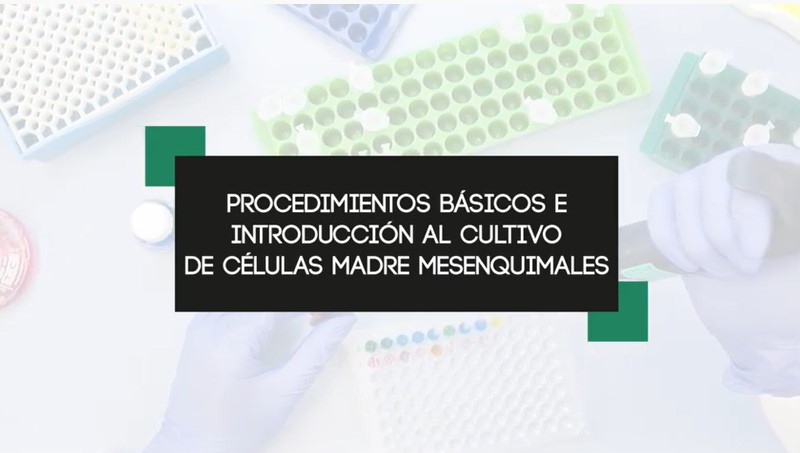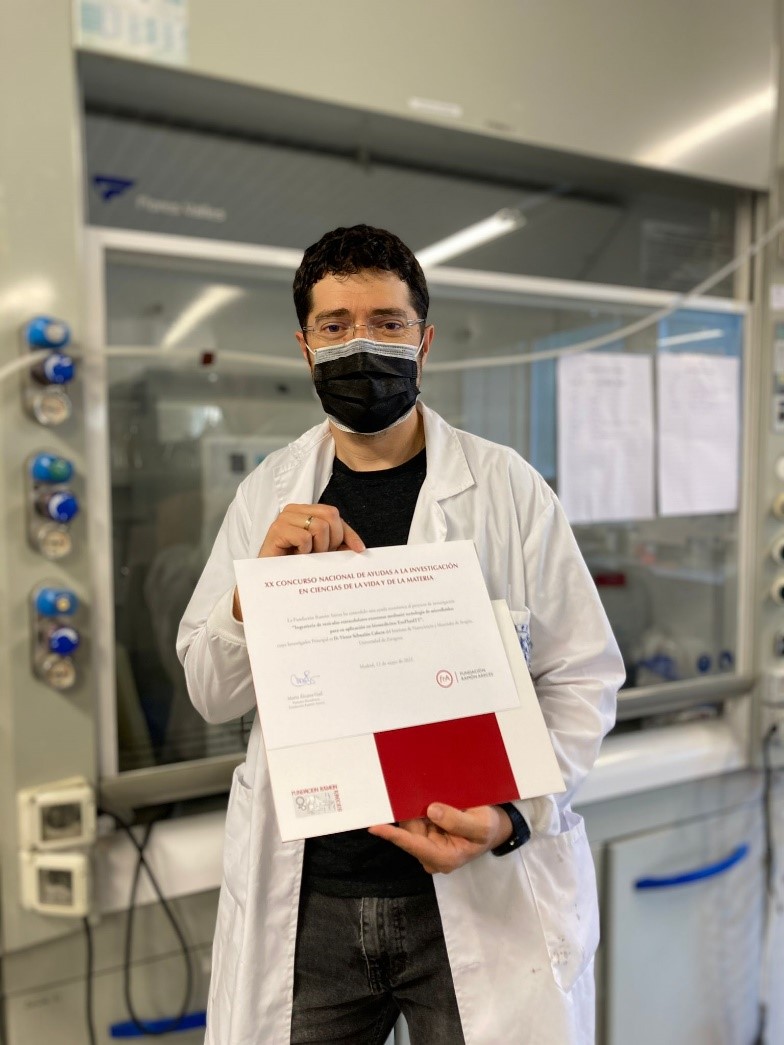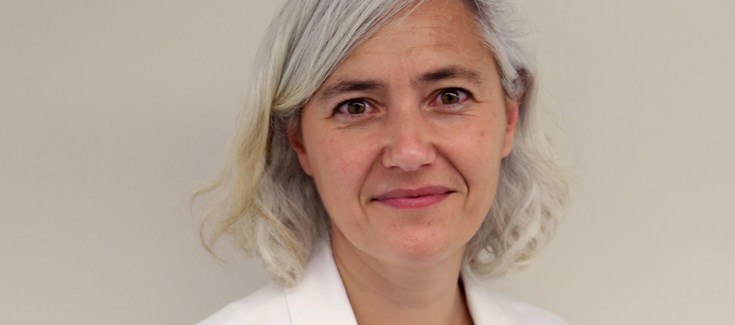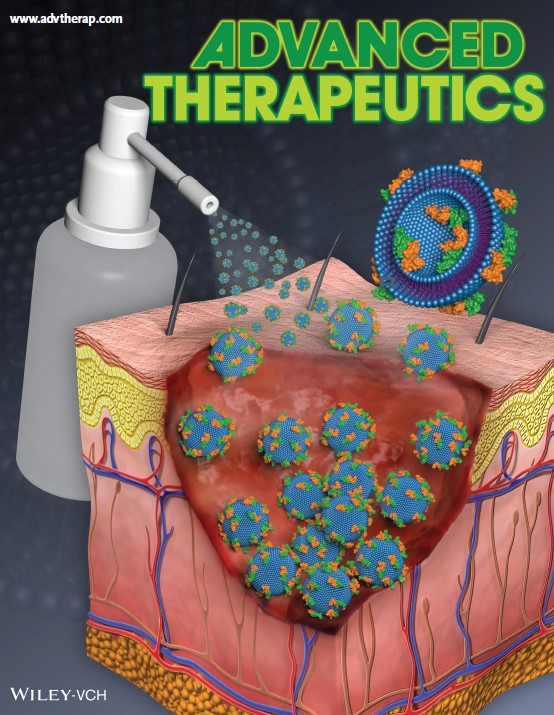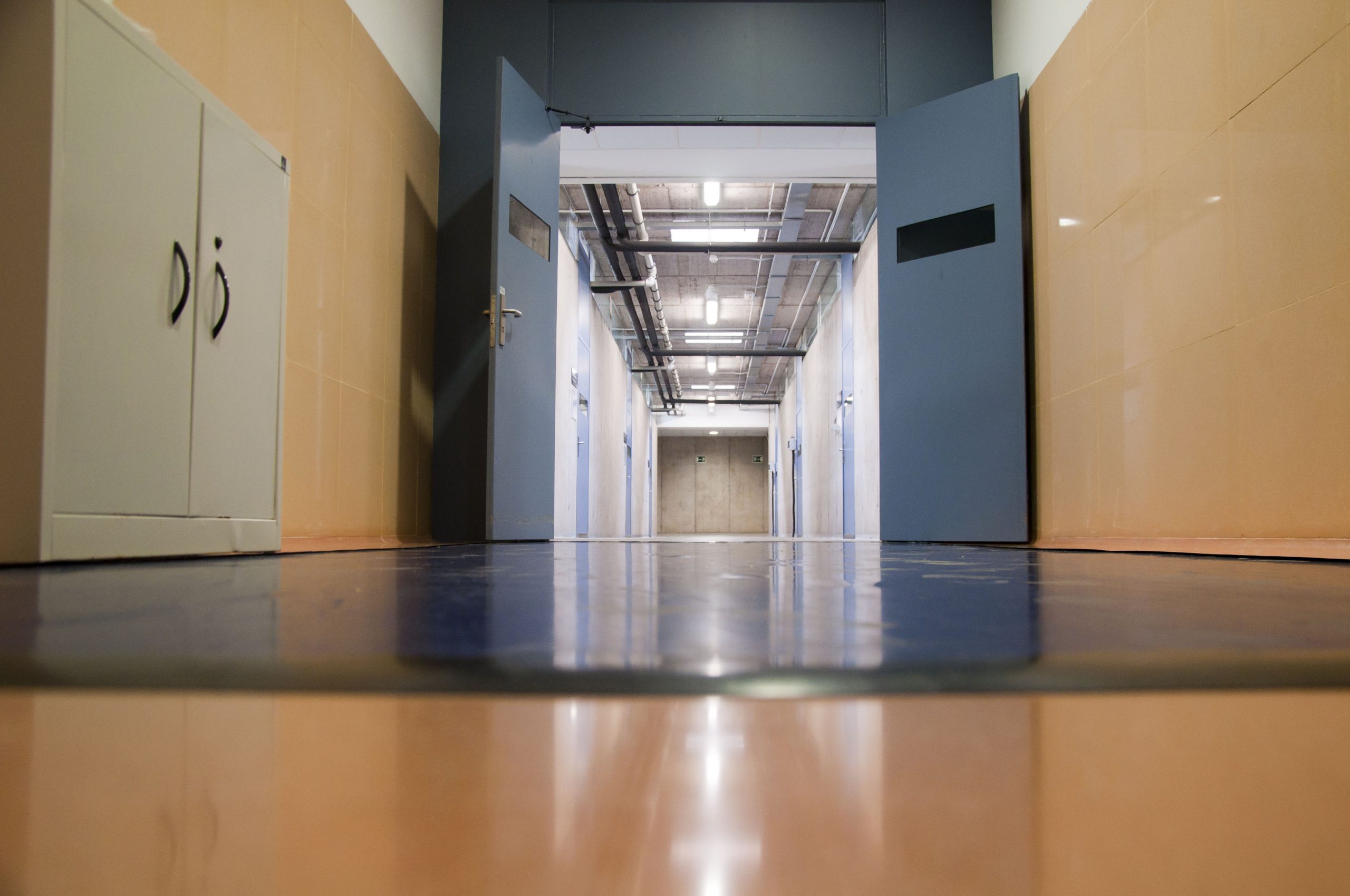Jaume Veciana awarded by the Catalan Society of Chemistry with the Prize to the Scientific Excellence
Jaume Veciana Miró, Director of NANBIOSIS, has been awarded by the Catalan Society of Chemistry in its 2021 edition of Awards in research, education and dissemination with the Prize to the Scientific Excellence for his scientific career.
